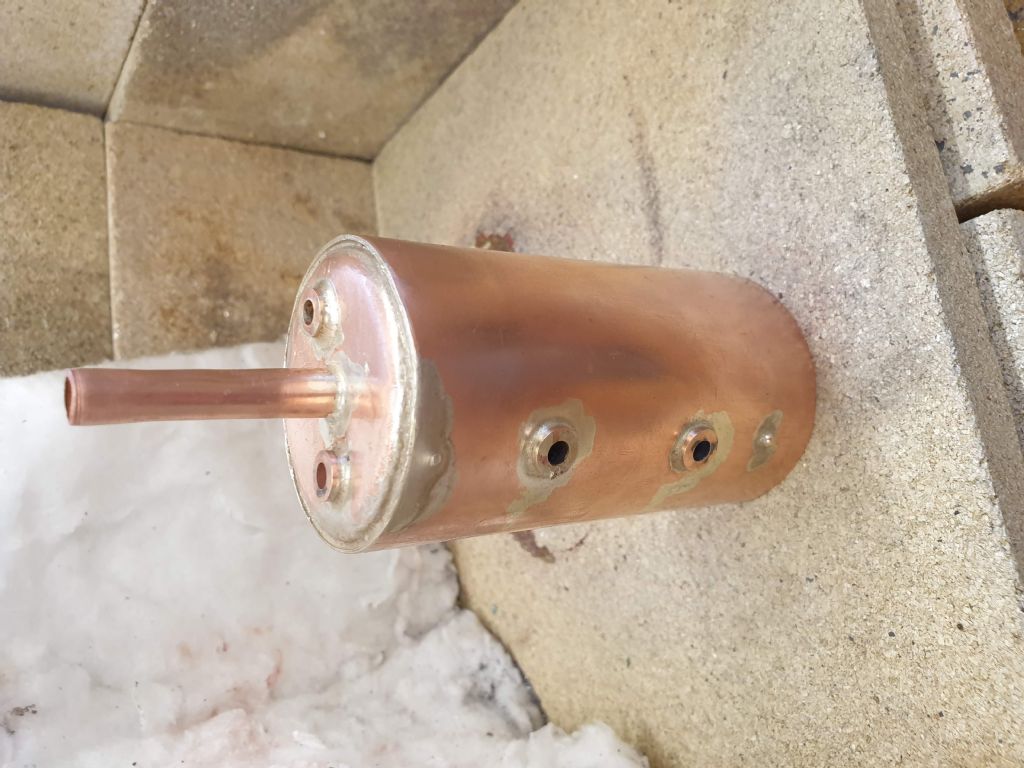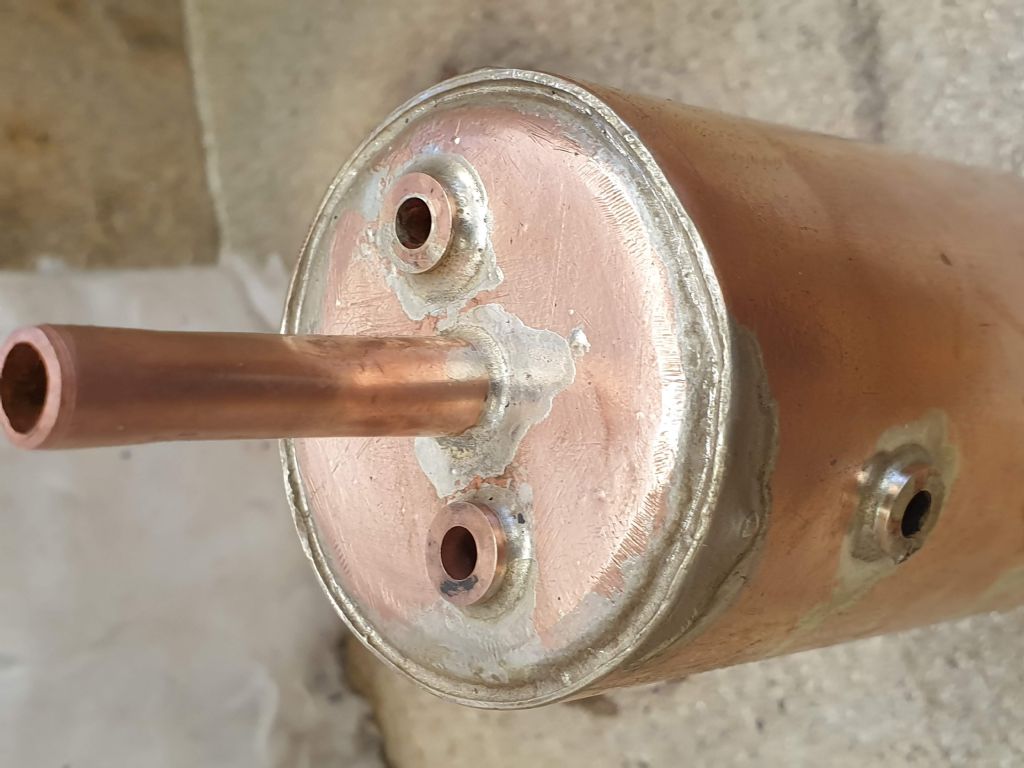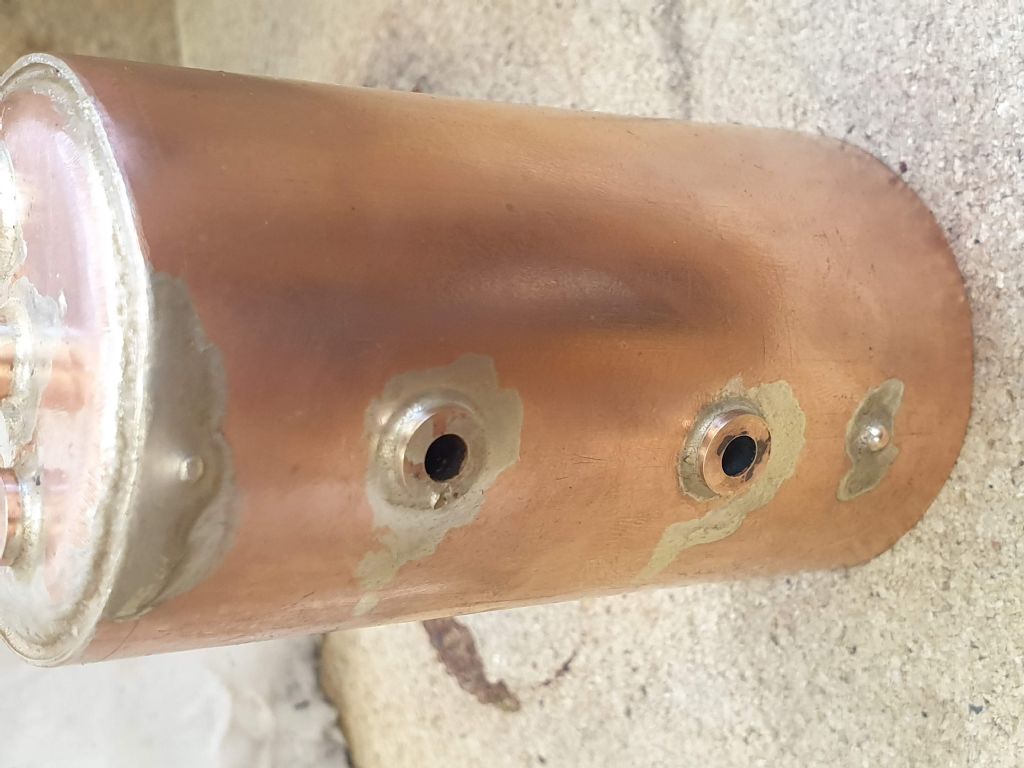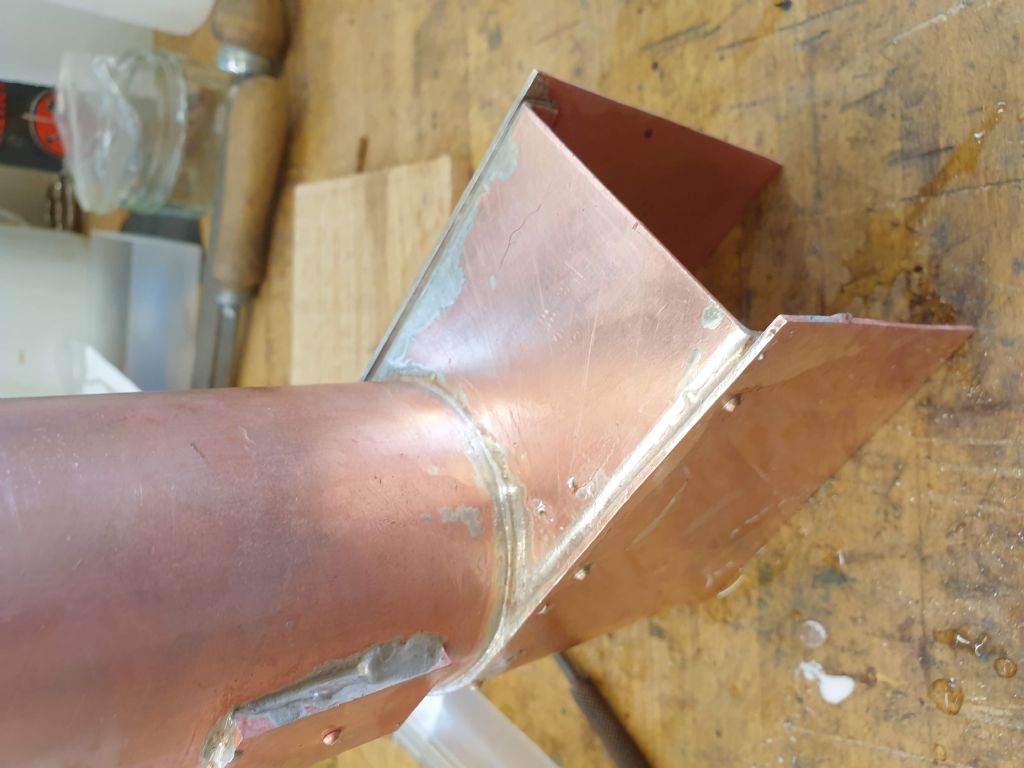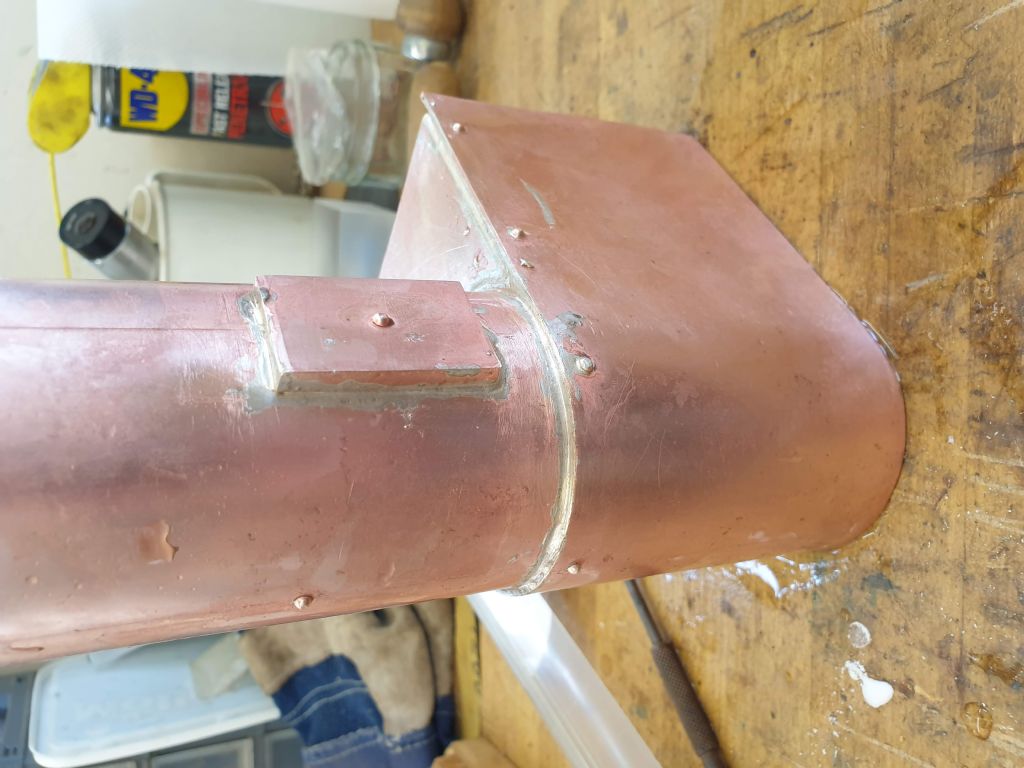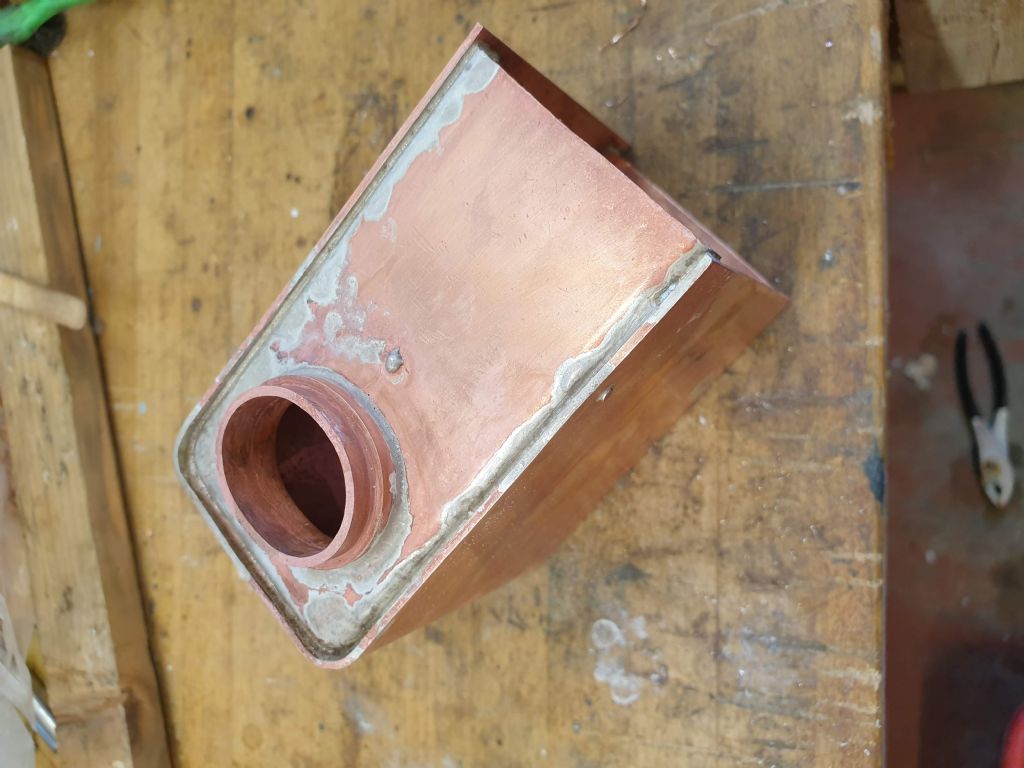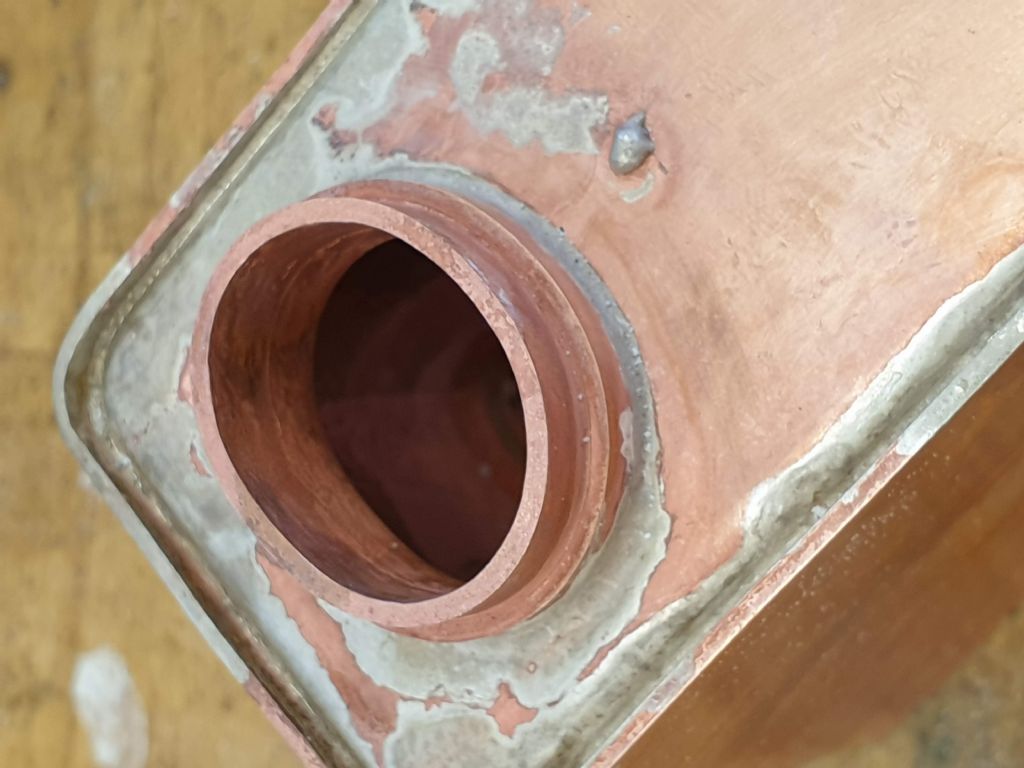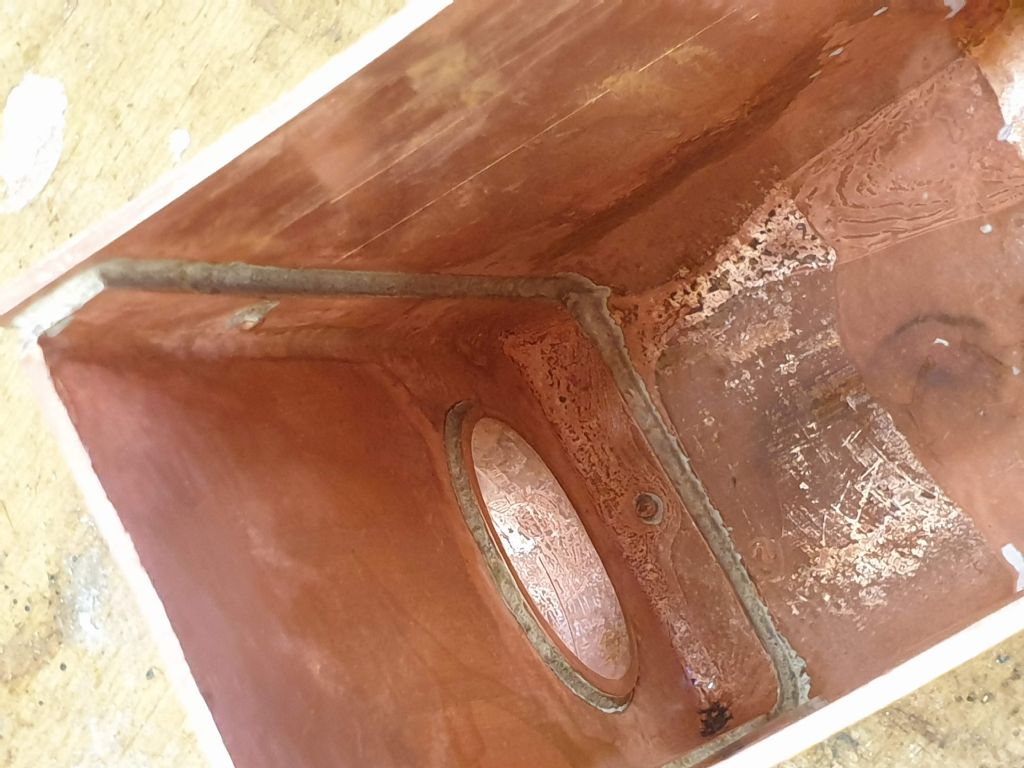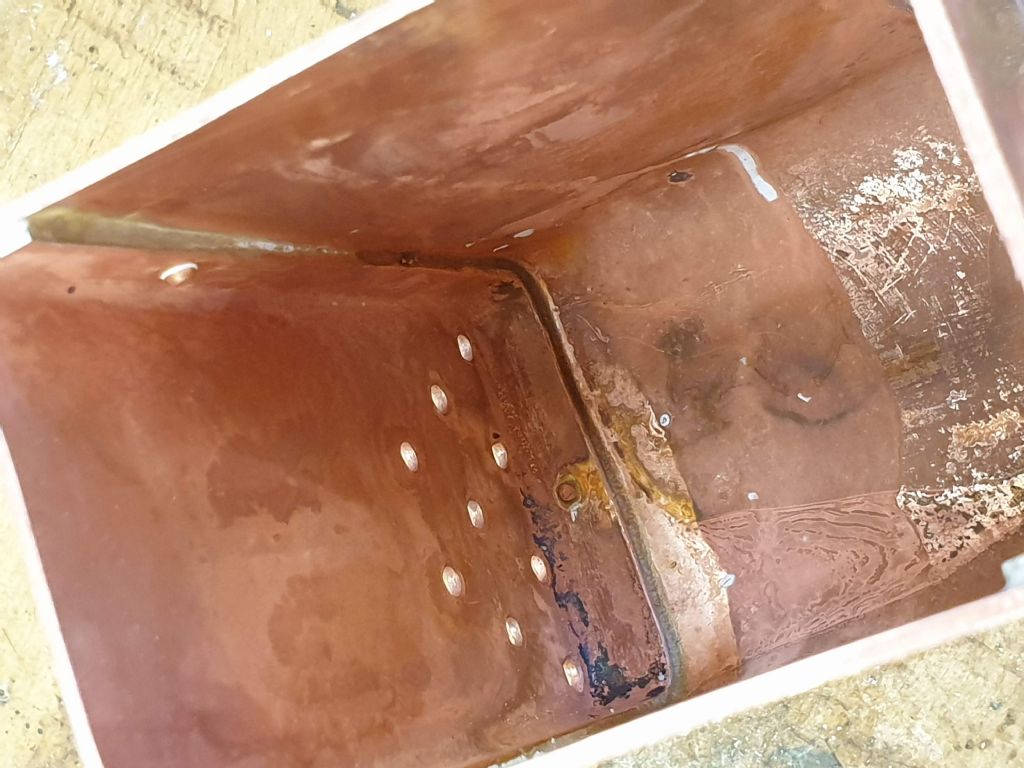Silver soldering a Minnie traction engine boiler
Silver soldering a Minnie traction engine boiler
- This topic has 38 replies, 12 voices, and was last updated 31 August 2020 at 21:12 by
Paul Kemp.
- Please log in to reply to this topic. Registering is free and easy using the links on the menu at the top of this page.
Latest Replies
Viewing 25 topics - 1 through 25 (of 25 total)
-
- Topic
- Voices
- Last Post
Viewing 25 topics - 1 through 25 (of 25 total)
Latest Issue
Newsletter Sign-up
Latest Replies
- Myford S7 Taistock Adjustment
- How to wire up 3 phase motor and 3 phase converter?
- Problem getting the right parameters on a VFD
- What Did You Do Today 2025
- Powered hacksaw – blade lift for the return stroke
- Damp proofing concrete floors
- New member old lathe
- Elliott Omnimill Quill Clamp
- Tangential tooling
- Which lathes have drawbars in the headstock?


